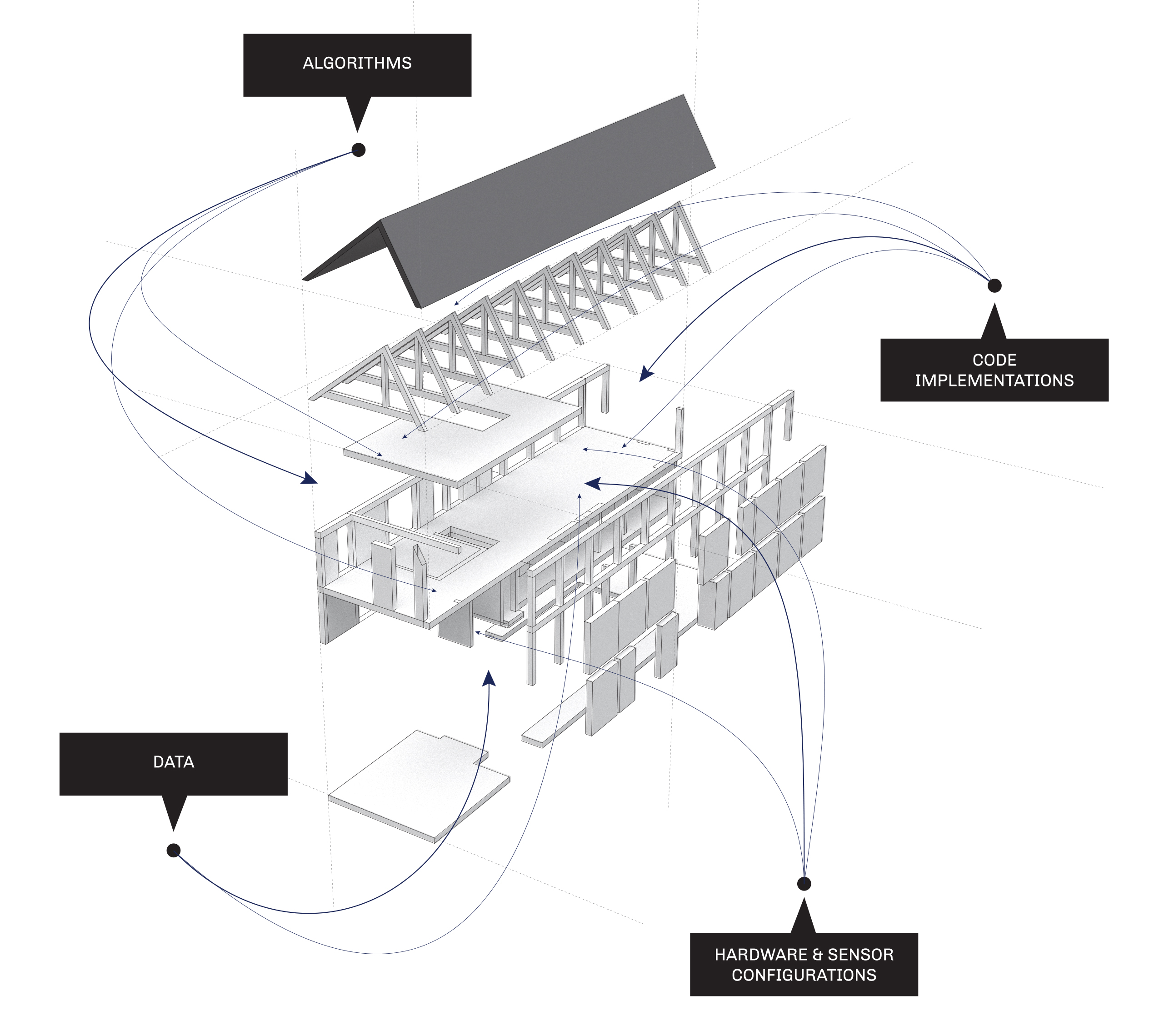Recoupling Soft and Hard: Engaging Data as an [Im]Material Practice
Book Chapter in Architecture and the Smart City
Edited by Sergio M. Figueiredo, Sukanya Krishnamurthy, Torsten Schroeder
2019 by Routledge


The technological shift towards smartness, with manifestations occurring across scales ranging from regional systems, with implementations such as of transportation networks with real time reporting, to a household object, such as a fridge that manages a family’s grocery list, has foregrounded the dominant role data plays in shaping the way we use and organize the built environment. Innovations such as these, building on developments in the internet-of-things, sentient environments, high-speed mobile data networks and automation, have reinforced data, its collection, transmission and processing, as an essential centrepiece of our time. In this context, data is typically perceived as an immaterial entity, lacking a physical dimension – a form of ephemera that lives in the cloud and moves around the world through carefully choreographed pulses of light.
Countering this dominant view of data’s immateriality, this chapter motivates the reconceptualization of data as a material practice. This reframing is explored as a means for architects, who are increasingly employing various elements associated with smartness (such as data and algorithms), to more fully understand, engage and manage the effects of these elements as active mediators in their work.